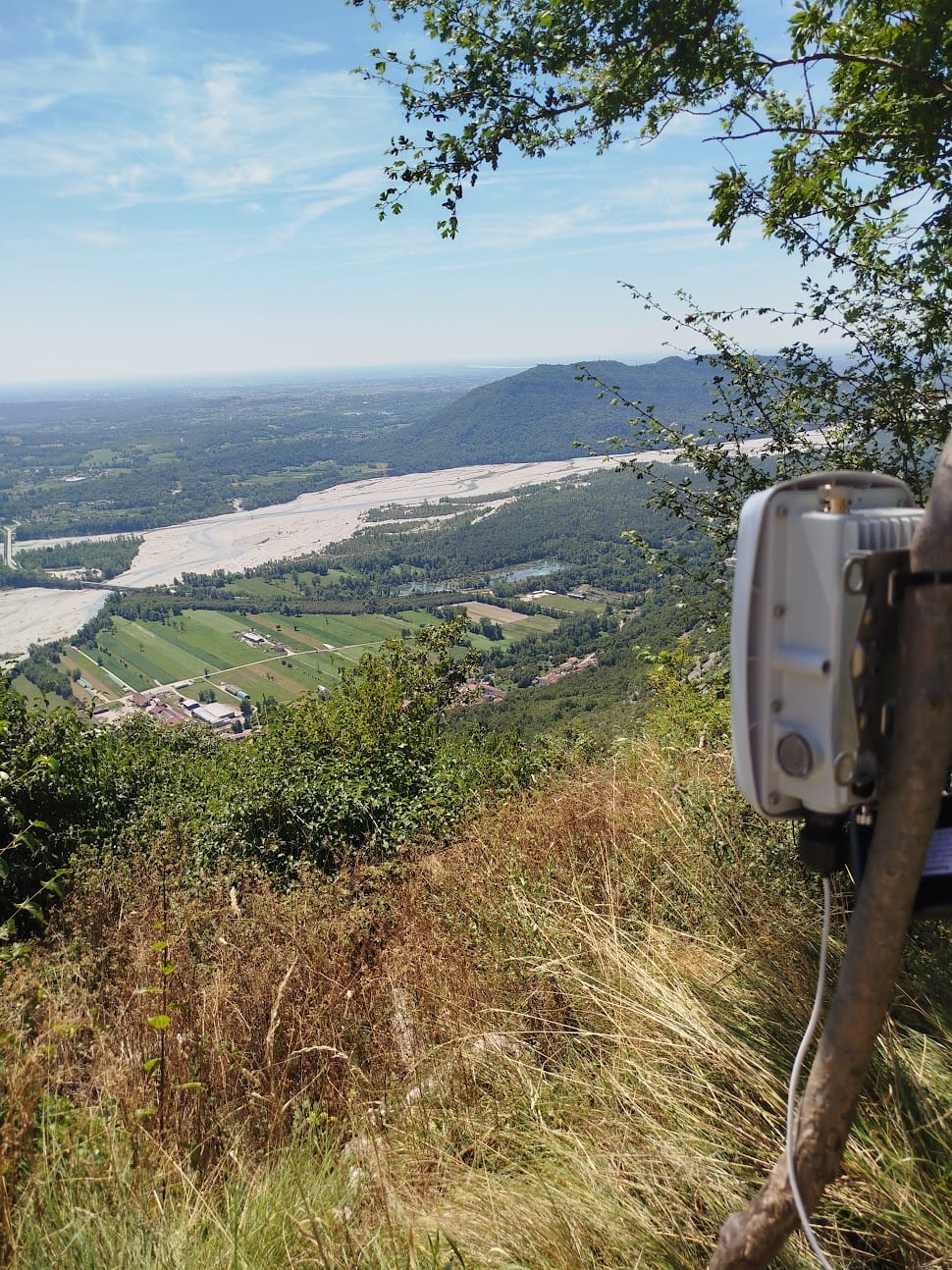Optimizing Network Performance through LoRaWAN Range Assessment

As an IoT and technology professional, I understand the critical importance of effective range assessment in the deployment of LoRaWAN networks. Proper evaluation of range capabilities ensures that devices can communicate reliably across the intended coverage area, maximizing the efficiency and effectiveness of your IoT applications.
Understanding LoRaWAN Range Factors
Several factors influence the range of a LoRaWAN network, including:
- Environment: Urban environments with buildings and infrastructure can create obstacles that reduce range. In contrast, rural areas with open spaces typically allow for longer distances. Conducting range assessments in various environments helps identify optimal deployment strategies.
- Antenna Specifications: The type and quality of antennas used for both gateways and end devices play a significant role in range performance. Assessing antenna gains and characteristics can lead to improved signal strength and coverage.
- Frequency Band: LoRaWAN operates in different frequency bands (e.g., 868 MHz in Europe, 915 MHz in North America). The choice of frequency can affect range, with lower frequencies often providing better penetration through obstacles.
Conducting Range Assessments
- Site Surveys: Before deployment, conducting site surveys helps identify potential obstacles and ideal locations for gateways. Mapping out coverage areas and understanding environmental challenges is essential for effective planning.
- Field Tests: Performing field tests with representative devices allows for real-world assessment of range capabilities. By measuring signal strength and data transmission success rates at various distances and locations, you can identify optimal configurations.
- Data Analysis: Analyzing data collected during range assessments helps in understanding patterns of signal propagation. This information can guide adjustments to antenna placements, power settings, and overall network design.
- Iterative Testing: Range assessment is not a one-time task. Continuous monitoring and iterative testing allow for ongoing optimization of the network as environmental conditions change or new devices are added.
Conclusion
LoRaWAN range assessment is a fundamental component of successful network deployment. By thoroughly evaluating factors that impact range, conducting site surveys, and performing field tests, you can enhance the performance and reliability of your LoRaWAN network. This proactive approach ensures that your IoT applications operate efficiently and effectively, ultimately delivering the desired outcomes.